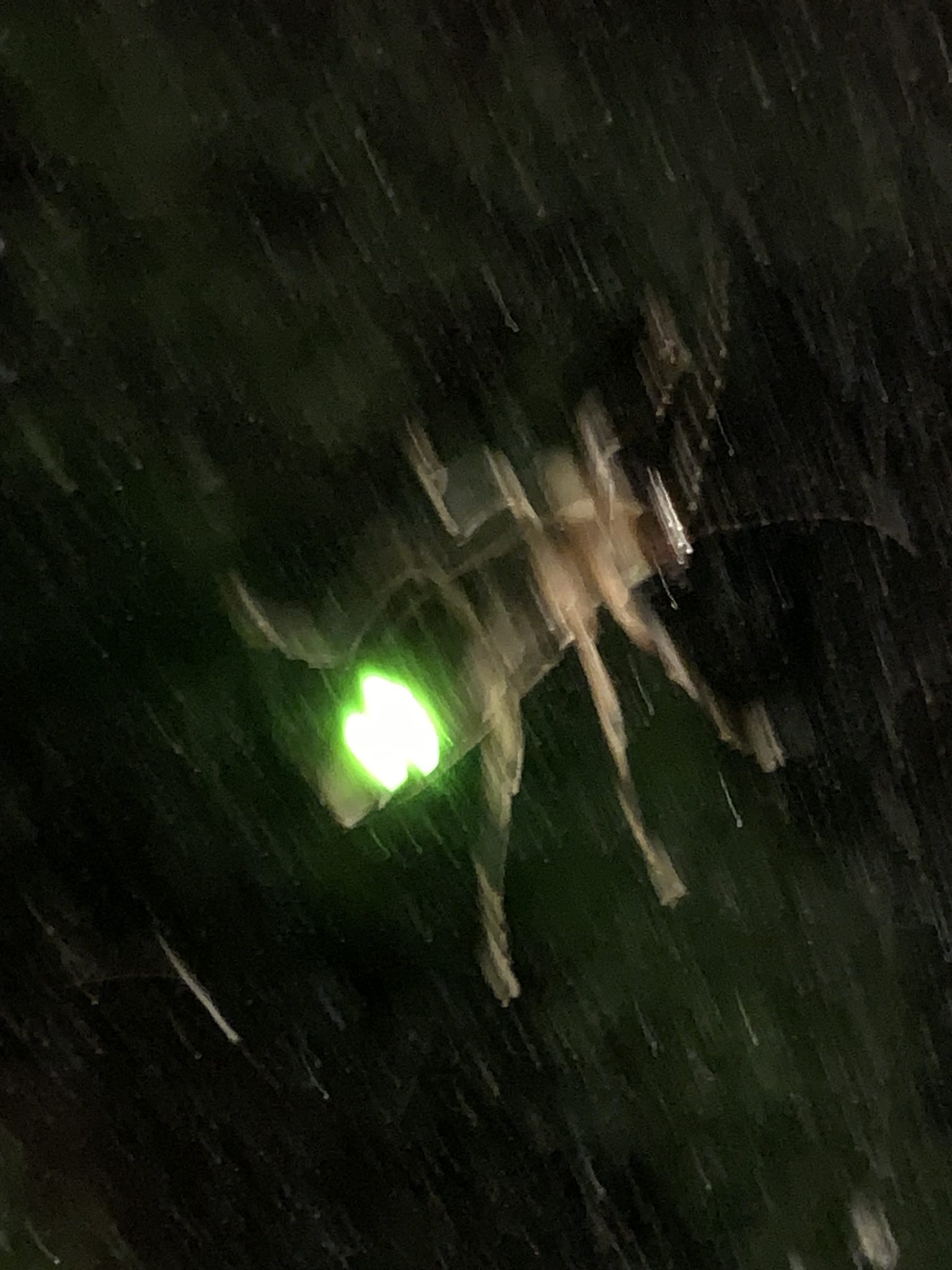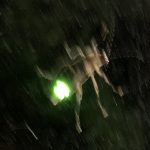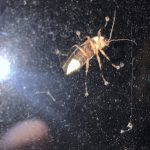Notice: Below is a list of 0 important links included on this page.
Please note that while screen readers have made significant strides, they may still lack full support for optimal web accessibility.



You must be logged in to post a comment.
This is a project of the Xerces Society, working in collaboration with the IUCN SSC Firefly Specialist Group and New Mexico BioPark Society.
Copyright © 2025 The Xerces Society •1631 NE Broadway Street, #821 • Portland OR 97232 USA
Thank you for submitting this firefly observation! The firefly you photographed was a female Photuris, but the species can’t be determined without details of male flash behavior. The non-wetland habitat suggests a species other than the loopy five (Photuris forresti).